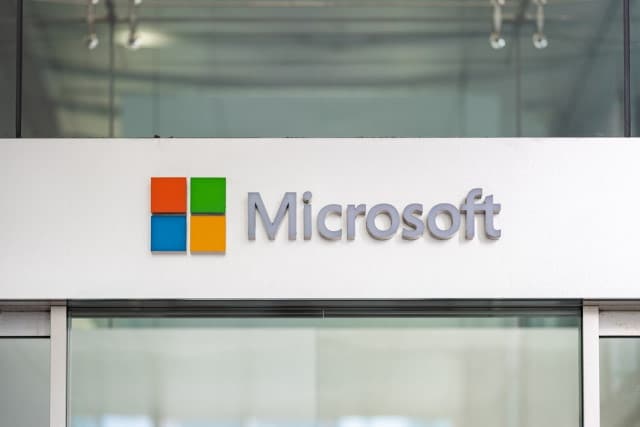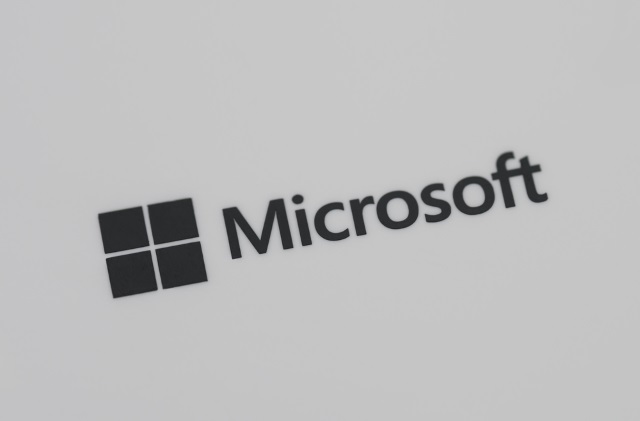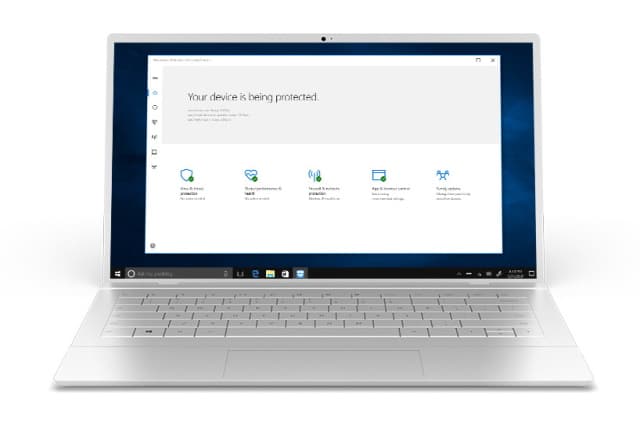
Microsoft launches new driver blocking feature to boost security in Windows
Microsoft is giving Windows users an easy way to avoid drivers that are known to contain vulnerabilities, helping to improve security.
The company is adding a vulnerable driver blocklist option to Windows Defender Application Control (WDAC) which will help to ensure that only trusted drivers can be installed. The new security measure is available to users of Windows 10, Windows 11 and Windows Server 2016 on systems with hypervisor-protected code integrity (HVCI) enabled, and Windows 10 in S Mode.

Windows Defender bug creating thousands of files on Windows 10 systems
If you’ve found your system running unexpectedly short of storage space over the past couple of days, then Windows Defender could be to blame.
Some users report that the bug has led to hundreds of thousands and even millions of files being generated by the security software, taking up gigabytes of storage space.

Microsoft makes it harder to disable Windows Defender in Windows 10
The Windows Defender tool that is built into Windows 10 offers protection against a range of malware, but it is not something that everyone wants running on their computer. In a recent update, Microsoft has removed the option of disabling Defender via the registry.
Previously, it was possible to enable the DisableAntiSpyware key in the registry to switch off Windows Defender -- for whatever reason you may want to. But now the setting is ignored, meaning anyone wanting to avoid Windows Defender will have to find another way to do so.

Microsoft releases an official fix for the Windows Defender bug
Microsoft has released KB4052623, an update that addresses an issue with Windows Defender that was preventing scans from running properly.
While a workaround had been suggested by some, now there is an official fix available which should banish the "Windows Defender skipped an item due to exclusions or network protection settings" error message.

There's a simple fix for the Windows Defender bug in Windows 10
Yesterday we wrote about a bug in Windows Defender, seemingly introduced by a recent update. Only affecting Windows 10, the bug causes some virus scans to fail, and in others a somewhat unhelpful message informs users that there were unspecified "items skipped during scan".
The error message goes on to make reference to scanning exclusions as well as network scanning settings, and it is here that a simple solution has been found.

Security warning: Microsoft has broken Windows Defender with an update for Windows 10
Microsoft's run of problematic updates for Windows 10 continues. This time an update is causing an issue that could have serious security implications for users -- it has broken Windows Defender.
While the Windows Defender security tool is included in Windows 7 and 8 the problem only affects Windows 10. Many people are finding that when they perform a virus scan, an error message is displayed that reads: "Items skipped during scan. The Windows Defender Antivirus scan skipped an item due to an exclusion or network scanning settings". For others, scans simply fail after a few moments.

KB4520062 update is breaking Microsoft Defender Advanced Threat Protection for some
Another update for Windows 10 is causing issues. This time around the update is KB4520062 for Windows 10 version 1809, and it was supposed to fix problems with Bluetooth and blank screens when it was released earlier this week.
But some users are finding that the update is breaking Microsoft Defender Advanced Threat Protection (ATP). Microsoft has acknowledged that the update can stop the anti-malware tool from running, and may also result in a 0xc0000409 error.

Microsoft releases emergency patches for Internet Explorer zero-day and Windows Defender flaw
Microsoft has released a pair of emergency patches, one for a remote code execution zero-day in Internet Explorer, and one for a denial of service vulnerability in Windows Defender.
In the case of Internet Explorer, the security flaw -- discovered by Clément Lecigne from Google's Threat Analysis Group -- is being actively exploited. Microsoft describes it as a "scripting engine memory corruption vulnerability", and has assigned it CVE-2019-1367.

Microsoft brings its Windows Defender antivirus software to Mac
In February, Microsoft announced Microsoft Threat Experts, a new service within Microsoft 365 Security designed to better protect businesses.
Today, the software giant extends its endpoint protection platform to Mac, and in keeping with that move renames the Windows Defender ATP platform to Microsoft Defender ATP.

Microsoft brings Windows Defender Browser Protection extension to Google Chrome
Recognizing that comparatively few people are using its Edge browser, Microsoft has released a new security tool for those who have opted to use Google Chrome -- the Windows Defender Browser Protection extension.
The add-on offers real-time protection against a variety of online threats such as phishing attacks and malicious websites. As these security options are already available in Chrome, it's not clear quite who the extension is aimed at.

Microsoft Windows Defender fights off massive currency miner attack
Microsoft has stopped a large scale malware distribution campaign that tried to infect almost 500,000 Windows PCs with a cryptocurrency miner.
Windows Defender antivirus software detected 80,000 instances of several Trojans with the payload known as Dofoil or Smoke loader, at noon PST on March 6.

Microsoft to bring Windows Defender Advanced Threat Protection to Windows 7 and 8.1
Formerly a Windows 10 exclusive, Microsoft today announced that Windows Defender Advanced Threat Protection (ATP) is coming to Windows 7 and Windows 8.1.
That's not to say that the older operating systems are set to gain the full benefit of ATP, however. Microsoft says that it is the Endpoint Detection & Response (EDR) functionality that will make its way to Windows 7 and 8.1 at some point this summer. This cloud-driven feature will be made available as a preview in the spring.

Windows Defender to root out dodgy registry cleaners and system optimization tools
Microsoft is taking a firmer line with misleading system utilities and tools that try to scare users into paying for software. An update to Windows Defender means that software found to be "coercive" could be ripe for automatic removal.
New policies come into play in March as Microsoft tries to banish software that makes misleading claims or adversely affects system performance. Tools that exaggerate problems or resort to scare tactics are among those in the firing line.
